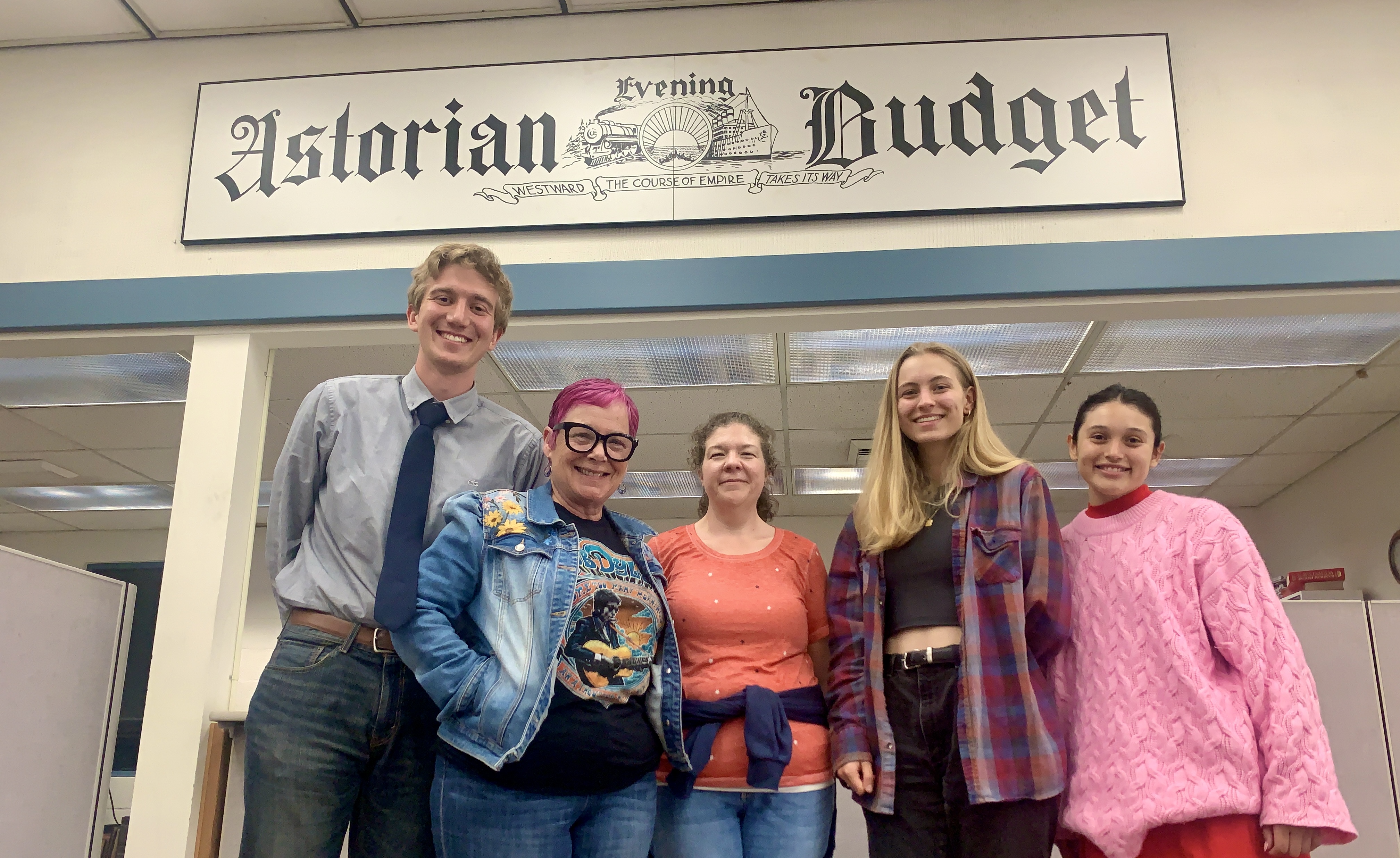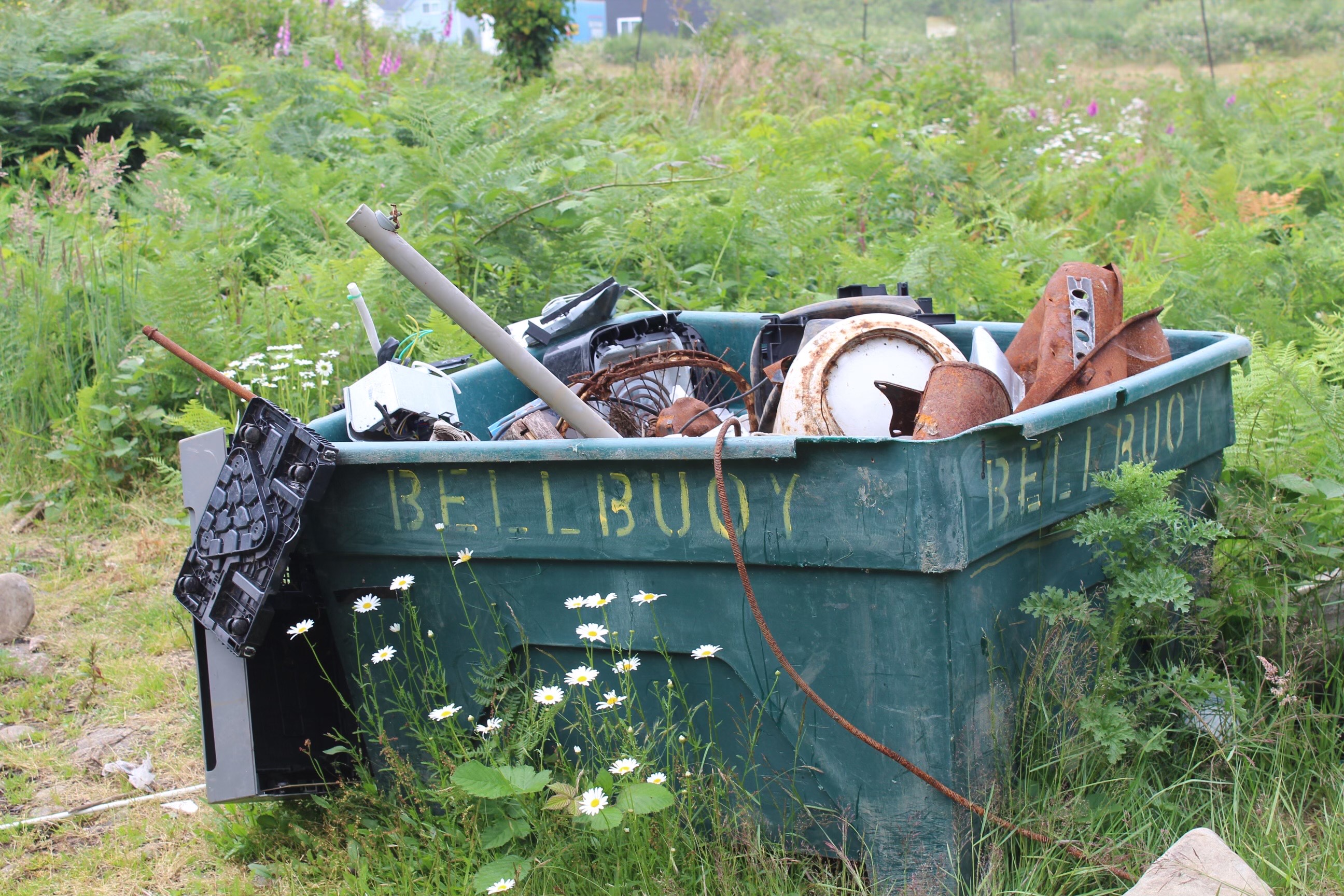Letter: Who was Sacagawea?
Published 5:00 pm Thursday, May 22, 2008
I own and read many books on history. I’ve noticed that references quote the same sources as if they were reliable and true. By whose terms? I am a “Native American,” yet not a tribal Indian born in America. What is the greater insult to a person who is a Nez Perce, Cayuse or a Chinook member, etc.?
I asked a Quinault tribal member who he was, and what would he like to be called? “Not a Native American, that is you. It does not describe a Quinault Indian.”
Native Indians quite often are aghast at American ideology of the so-called “Corps of Discovery” of Lewis and Clark trip of 1804-06. What’s to be discovered? Did it occur to anyone to ask the local Mandan Indians who Sacagawea was?
Evidently Lewis and Clark’s interpreter got it wrong, so I will quote a Mandan now. He is Gerard A. Baker, half Mandan and half Hidatsa. He quotes his uncle who was Thad Mason, a witness to Bullseye’s statement, which is titled “Bullseye’s Story of Sakakawea” from the Van Hook Reporter, April 2, 1925:
“The name of my grandmother was Sakakawea. Her father was Smoked Lodge, a Hidatsa. Sakakawea’s mother was Otter Woman, she was Hidatsa, too. Sakakawea’s brother’s name was Cherry Necklace. He lived with the Crows, also called Abuarkee, but they are Hidatsa. Sakakawea had a half-brother named One Buffalo.
“At 18, Sakakawea marred a white man, Sharbonish. They had four children, one boy first, then three daughters. Their first daughter, Otter Woman, was my mother. None are alive now.
“In the year before Lewis and Clark came, Sakakawea went west a long ways to the Shoshone with her grandfather. That’s why Sakakawea and Sharbonish knew the Shoshone country.
“Sakakawea was a Hidatsa. We all knew her Hidatsa parents. We are sorry the interpreter got it wrong and it stayed wrong.”
In 1925, Bullseye was 58 to 60 years old, and a respected Hidatsa. Thus it’s debatable whether Sacagawea was Shoshone Indian, or that she died in her 20s. Major A.D. Welch interviewed Bullseye with six other Indians present, including Thad Mason.
In the year 1869, both Otter Woman, and seven days later, Sakakawea, died from bullet wounds suffered when attacked at night sleeping under their wagon while going to a trader in Montana.
Baker was unsure of the veracity of Bullseye’s story, but it does have the ring of truth to it. Why couldn’t historians check the veracity of the story by cross-referencing, both by dates and the people involved? It is not wise to refer only to white men’s history, or to an American ideology, for mass propaganda that denies the birthright of Sakakawea, and the tribe to which she rightfully belongs.
Where is Shoshone history? Where is Crow history? Let them speak, also. For whoever Sakakawea was, she walked and lived here during the winter of 1805-1806, where we live today, and where about 2,000 Chinook and Clatsop lived for thousands of years.
Dick Mattson
Warrenton









